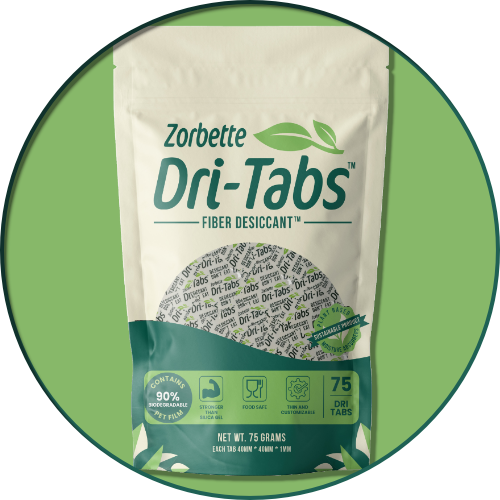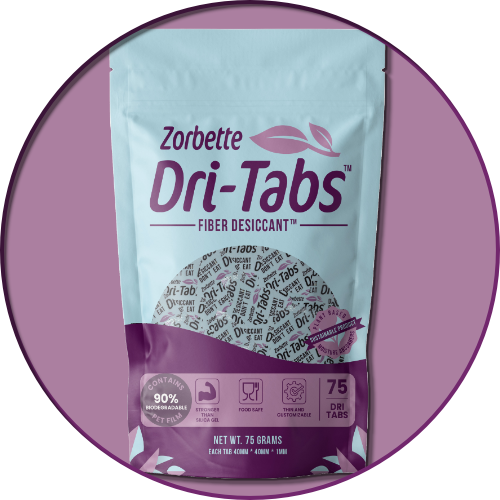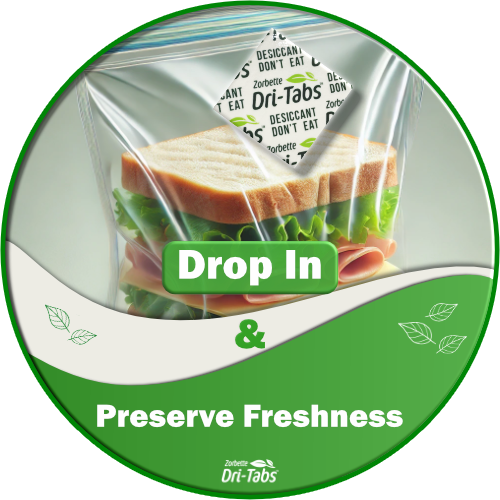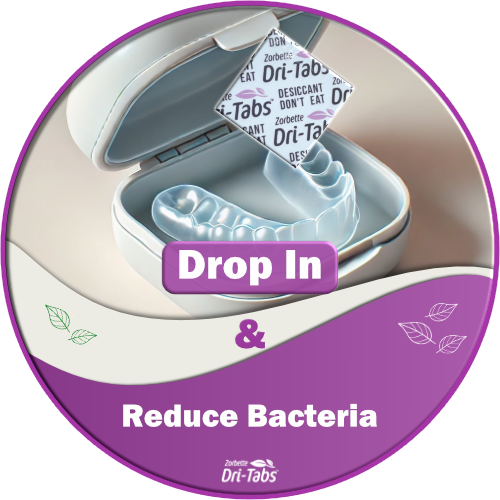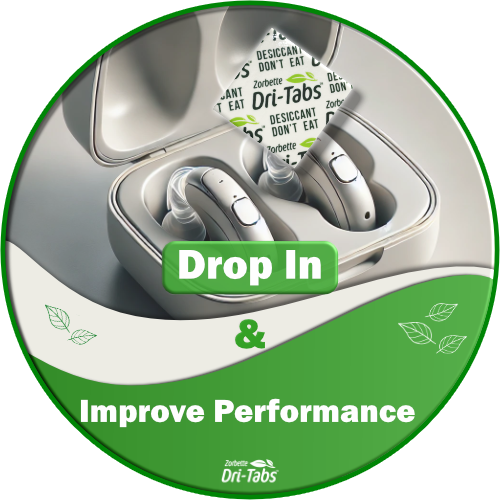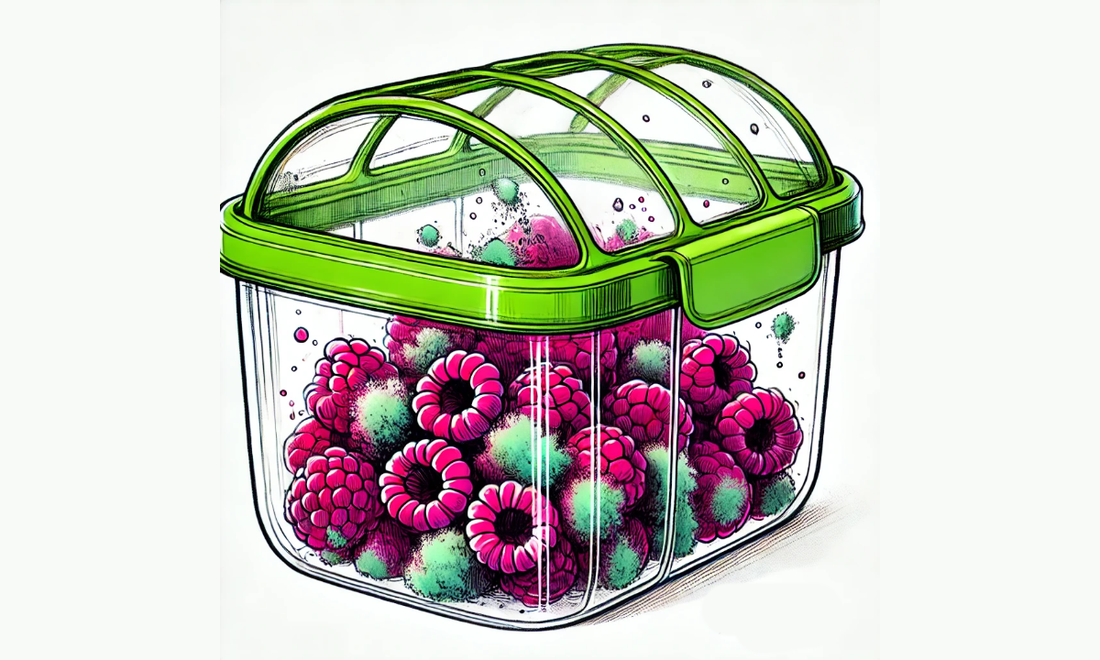
The Greenhouse Effect Inside Your Food Storage: How Trapped Moisture is Ruining Your Groceries
Share
If you’ve ever reached into your pantry for a fresh bowl of cereal, only to find it stale, or opened a container of strawberries only to see mold taking over, you’re not alone. Moisture buildup in food storage containers is a silent enemy that speeds up spoilage and staleness, creating what’s known as a ‘greenhouse effect’—a mini, sealed environment where humidity gets trapped, accelerating mold growth and reducing the shelf life of your favorite foods.
As a dad, I see this problem all the time with my kids' food. Strawberries, for example, are a staple in our house, but they barely last a few days before turning fuzzy. The same thing happens with our variety of cereals—one day they're crispy and fresh, the next, they’re disappointingly soft and stale. And don’t get me started on my expensive coffee beans! If I don’t store them properly, my morning cup of coffee quickly loses its bold aroma and rich taste. What’s happening inside these containers isn’t just an inconvenience—it’s science at work.
How the Greenhouse Effect Accelerates Food Spoilage

The ‘greenhouse effect’ we’re talking about here isn’t the one affecting our planet, but a smaller-scale version happening inside your food storage containers. When food is stored in a sealed container, any residual moisture from the food itself or the surrounding air gets trapped inside. Over time, this creates a humid environment that encourages the growth of mold and bacteria.
This is especially problematic for perishable foods like fruits, vegetables, and baked goods, which naturally release moisture. Plastic and glass containers, though great for keeping out external contaminants, often work against us by sealing in moisture. Even dry foods like cereal, crackers, and coffee beans are affected because exposure to humid air causes them to lose their crispness and flavor.
Examples of the Greenhouse Effect in Everyday Food Storage
1. The Case of the Moldy Strawberries
My kids love strawberries, but I hate how quickly they go bad. Even when stored in the fridge, within just a couple of days, they develop mold spots and a mushy texture. This happens because strawberries have a high water content and, when sealed in a container, they release moisture that gets trapped inside. This creates the perfect warm and humid conditions for mold spores to thrive.
2. Cereal That Turns Stale
In our house, we have at least five different cereal boxes open at any given time—because, of course, every kid has their favorite. But unless we finish a box quickly, the cereal starts losing its crunch. The reason? Moisture from the air seeps into the packaging, softening the cereal and making it stale. Even resealing the bag inside doesn’t fully prevent it from happening because traditional packaging materials don’t absorb excess humidity.
3. Coffee Beans Losing Their Aroma and Flavor
As someone who relies on coffee to function, I know how important freshness is. But I’ve noticed that if I don’t store my beans properly, they lose their bold aroma and robust flavor within a matter of weeks. This is because coffee beans naturally release oils that react with oxygen and moisture, leading to oxidation and a dull, lifeless taste.

How Food-Safe Desiccants Can Help
The solution to all these problems? Creating a drier storage environment by introducing food-safe desiccants. Desiccants work by absorbing excess moisture, reducing humidity, and preventing the conditions that cause food to spoil prematurely.

What Are Food-Safe Desiccants?
Food-safe desiccants are moisture-absorbing products that are non-toxic and safe to use with food storage. Unlike silica gel packets, which are commonly found in packaged foods but shouldn’t be ingested, modern desiccants like fiber-based moisture absorbers are completely safe and effective at controlling humidity in enclosed spaces.
How Desiccants Improve Food Storage
- Prevent Mold Growth – By absorbing moisture, desiccants create an environment where mold and bacteria struggle to survive. This is especially useful for fruits like strawberries and other perishable items.
- Keep Dry Foods Crisp – Adding a desiccant inside a cereal box or cracker container can help maintain crunchiness and freshness for longer.
- Preserve Aroma and Flavor – Storing coffee beans with a moisture-absorbing insert can help maintain their rich aroma and full-bodied flavor for weeks, if not months.
- Reduce Waste and Save Money – Less spoilage means less food waste, which not only saves money but also reduces the environmental impact of discarded food.
Practical Ways to Use Desiccants in Food Storage

- For Fresh Fruits and Vegetables – Placing a small food-safe desiccant inside the container or crisper drawer of your fridge can help control humidity and prevent premature spoilage.
- For Cereal and Snacks – Storing a desiccant packet inside cereal boxes, cracker containers, or chip bags can help retain crispness.
- For Coffee and Tea Storage – Adding a desiccant inside a coffee storage container or tea tin can significantly extend the freshness of these products.
- For Baked Goods – Keep homemade bread and cookies from getting stale too soon by placing a moisture absorber inside the storage container.
A Simple Change for Fresher Food

The greenhouse effect inside food storage containers is something many of us deal with without even realizing it. By trapping moisture, we unknowingly create the perfect environment for mold growth and food spoilage. But with a simple solution—introducing food-safe desiccants—we can extend the life of our groceries, reduce food waste, and keep our favorite foods fresh for longer.
So, the next time you find moldy strawberries, stale cereal, or lifeless coffee, remember: moisture is the culprit, and a food-safe desiccant is your best defense. A small change in your food storage habits can make a big difference in keeping your pantry stocked with fresh, delicious foods for you and your family.

Patrick Sassano
Learn MorePatrick Sassano is founder Dri Biz Inc, a desiccant and rust preventative retailer.


